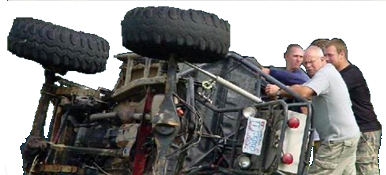WillnFox
Un-Known Member
- Joined
- Nov 12, 2007
- Location
- Saxapahaw, NC
I've got dual batteries on the Crawler that are just wired in parallel.
The snag I have is while I've got plenty of reserve to run the winch and turn the starter if my voltage goes below 12V my injectors on the Howell EFI won't fire. So my engine is left turning over with no fuel.
What I would like to do is have one battery as a "Starter" Battery, The winch, high draining Ford Taurus Fan, and other accessories will be hooked to it as well.
The other battery will run the Engine, Fuel Pump, starter realy, ect...
How do I isolate them were they can independently run and if the "starter battery" drops to 11.5V the other battery stays at 12.2V while still being charged by the same alternator?
The snag I have is while I've got plenty of reserve to run the winch and turn the starter if my voltage goes below 12V my injectors on the Howell EFI won't fire. So my engine is left turning over with no fuel.
What I would like to do is have one battery as a "Starter" Battery, The winch, high draining Ford Taurus Fan, and other accessories will be hooked to it as well.
The other battery will run the Engine, Fuel Pump, starter realy, ect...
How do I isolate them were they can independently run and if the "starter battery" drops to 11.5V the other battery stays at 12.2V while still being charged by the same alternator?






